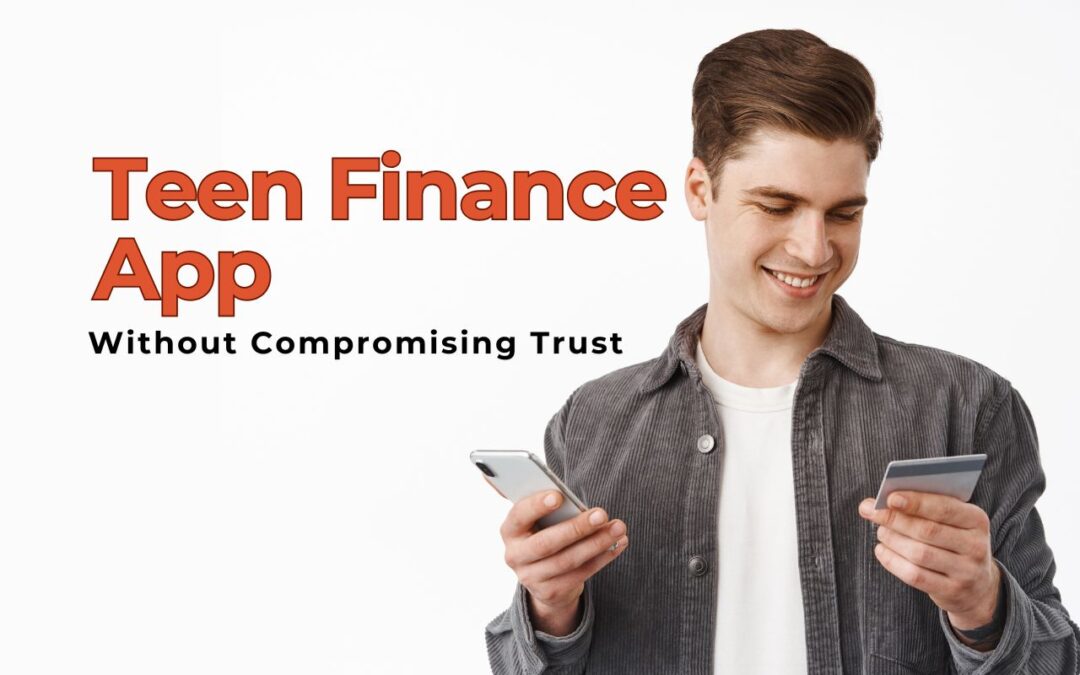As digital literacy is becoming more common in young generations, teens are becoming more interested in personal finance. With this interest in personal finance, we are seeing a rise in teen finance apps – platforms that help anyone under 18 learn how to responsibly manage money, spend money, and save money. However, a teen-focused app has some caveats to monetization and requires a lot of thought into planning and ethics for the target market’s administration.
This article will explore how to monetize a teen finance app without losing trust, whilst also addressing common search terms like money apps for under 18, payment apps in India, and more.
Reasons Teen Finance Apps Are on the Rise
Young people today are becoming much more tech-savvy and financially inquisitive; many are using money apps from the age of 13 or 14. They want to know:
- How to make money under 18 online
- Which are the safe apps for 14-year-olds to make money
- How payment apps for under-18s in India are doing
Apps like Fampay, Akudo & Swagbucks have become popular by offering money tracking, saving goals, and even prepaid cards. But it’s tricky for app developers because there are regulatory, ethical, and user-expectation challenges, especially in a place like India, when you have certain documentation, such as a PAN card, which a lot of services require that under-18 users don’t have.
Frequent question: Can I use Fampay without a PAN card?
➤ No. As per regulatory norms, you will have a limited KYC procedure for even a teen wallet. You may have to use features based on PAN or Aadhaar-based verification for full features.
Challenges With Monetizing Finance Apps for Minors
Developers may find themselves needing to take extra precautions regarding monetization when they are targeting users, and/or develop content, in the under 18 demographic. They cannot engage users in any way which could be construed as exploitive or aggressive. Here are the main points that you should consider:
- Rule of Law: Minors do not have the capacity to legally contract or to access credit.
- Guardians: Apps need to ensure guardians are in the loop.
- Privacy: Minors have a lot of restrictions, such as data collection and tracking.
- Ads: Not all ads are appropriate for minors.
So, monetization has to be around education, safety, and transparency rather than trying to sell aggressively.
Ethical Methods to Make Money
There are completely solid and ethical ways to make money from a teen finance app:
1. Freemium
The app offers basic finance management tools for free, like budgeting and goal-setting tools, and creates a monthly charge for additional premium features or tools, like:
- Advanced savings tools
- Themes, avatars, and modifications
- Ability to get alerts when transactions take place
A freemium monetization model allows for monetization of the app without the use of invasive advertising and ensures that User Experience (UX) is valued.
2. Educational Content and Upselling
Everyone loves being smart, even teens, and knowledge is a high value for parents and teens. The app can offer teens the opportunity to buy micro-courses or gamified modules that teach them budgeting, investing, or digital payments. In addition, teens are always looking for ways to earn money under 18 on the internet; the educational component could be content around earning legitimate income options (to entice trust, value, and encourage engagement).
3. Referral Bonuses
Referral bonuses, like many of the promotional schemes above, are trusted, especially when referring vetted and legitimate tools:
- Apps for 14 years to make money
- Apps for 16-year-olds to make money
- Safe income methods like Swagbucks
Ensure that all apps or tools referred to are appropriate for minors in accordance with applicable safety standards.
4. Partner Offers with Parent Approval
Finance apps will want to work with brands that will offer youth-friendly (sponsored) challenges, deals, or savings incentives to promote their products instead of generic advertising, to engage with teens while increasing revenues.
Parents will appreciate that you have provided a safe way for teens to engage with the brand, promote it to their networks, and bring revenue for teens for a safe app that maintains UX integrity, features safety, and privacy.
Features That Maintain Trust
When working with a teen demographic, trust is paramount. The list below includes some important features that typically build trust:
- No hidden fees: Always offer a clear explanation of any fees to your users.
- Guardian dashboards: Allow their parents to see and manage their spending limits.
- Privacy-first practices: Never track or resell user data.
- User experience that is appropriate for their age: Avoid “used car salesman” tactics or financial jargon/messaging that is not age-appropriate.
Apps that focus on user development and lifelong use—not monetizing quickly—build a stronger brand reputation.
Common Search Terms and What They Indicate
Let’s take a look at some common search terms:
- “Money apps for under 18”: Indicates the demand for platforms that are secure and usable by minors.
- “Apps for 14-year-olds to make money”: It shows users ask for specific solutions based on their age.
- “Payment apps for under 18 in India”: Shows the need for local options and KYC flexibility.
- “Can I use Fampay without a PAN card?”Shows user interest in KYC options and non-KYC or simpler registration styles.
By using transparent content and ethical features, app developers can build both engagement and revenue.
Conclusion
Monetizing a teen finance app is about balancing making money with responsibility. Teens are always digital consumers but will also be future earners, savers, and investors. Apps that provide clear, safe, and trusted pathways to monetize while supporting teens will garner loyal users rather than downloads/installs.
App developers must employ freemium features, educational products, and value-based partnerships to monetize their app while creating a reasonable income without breaking the trust of the teen user or their parents or guardians.













